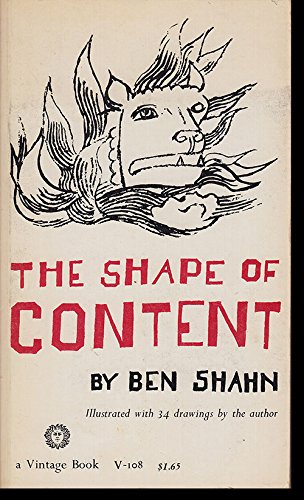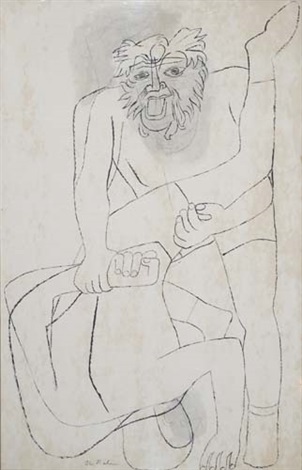What do you think?
Rate this book


Mass Market Paperback
First published January 1, 1957




Go to an art school, or two, or three, or take art courses at night if necessary. And paint and paint and draw and draw. Know all that you can, both curricular and noncurricular – mathematics and physics and economics, logic, and particularly history.but few of the other essays felt particularly essential.